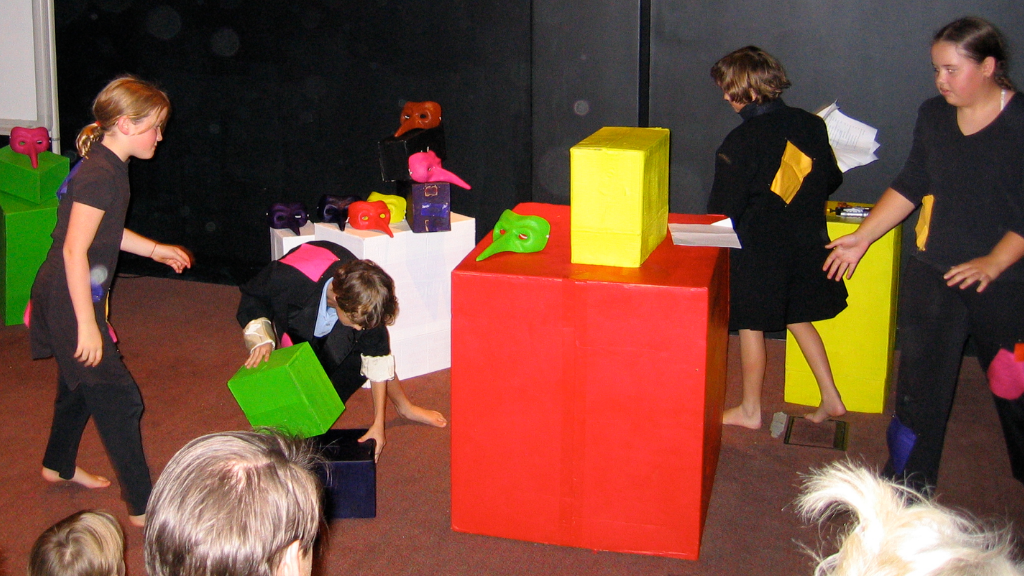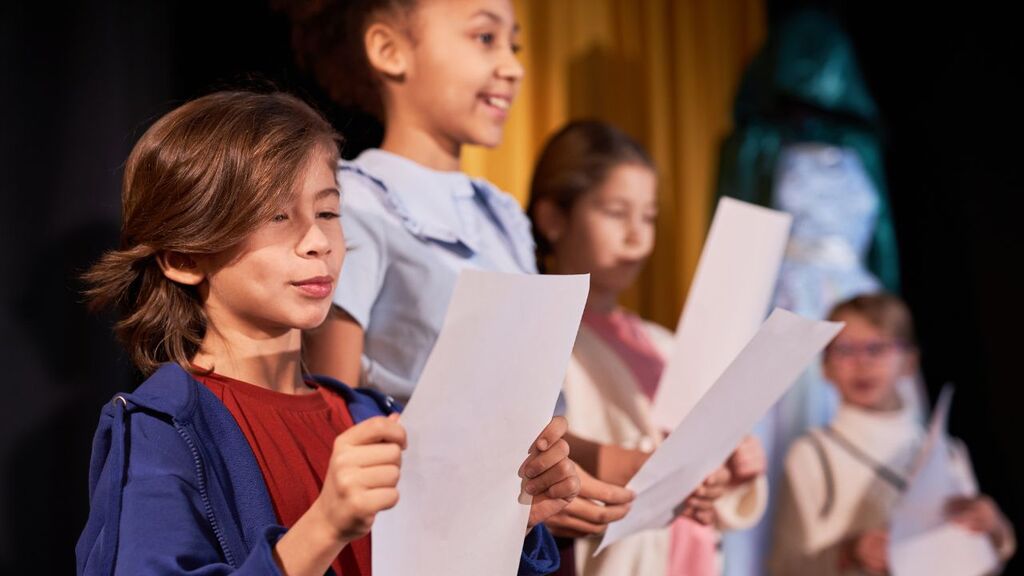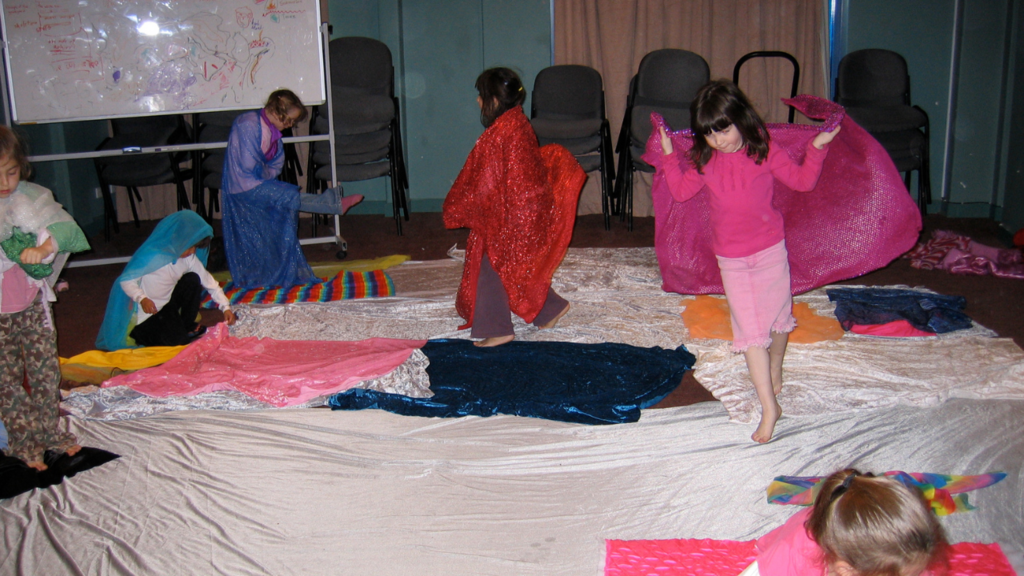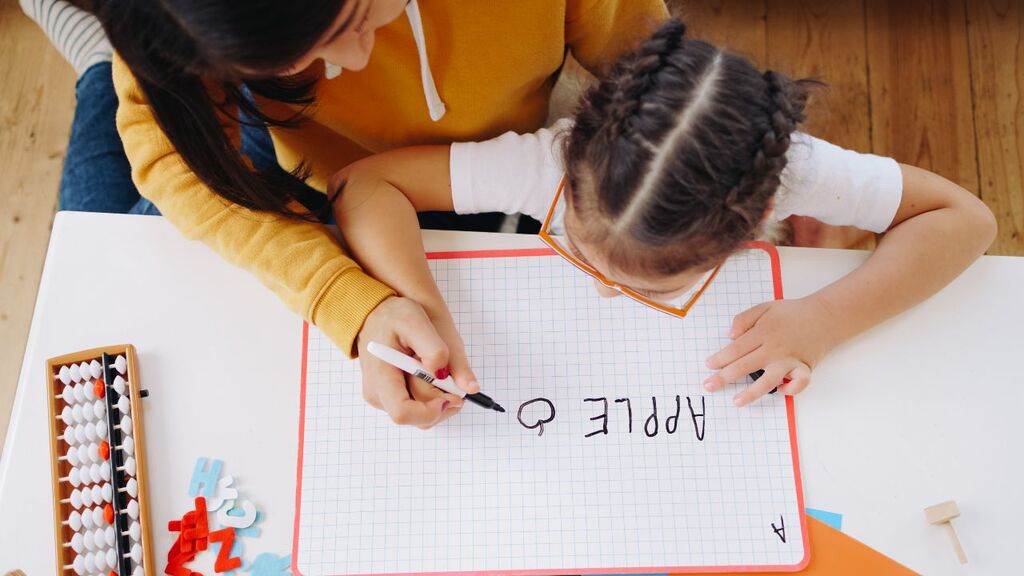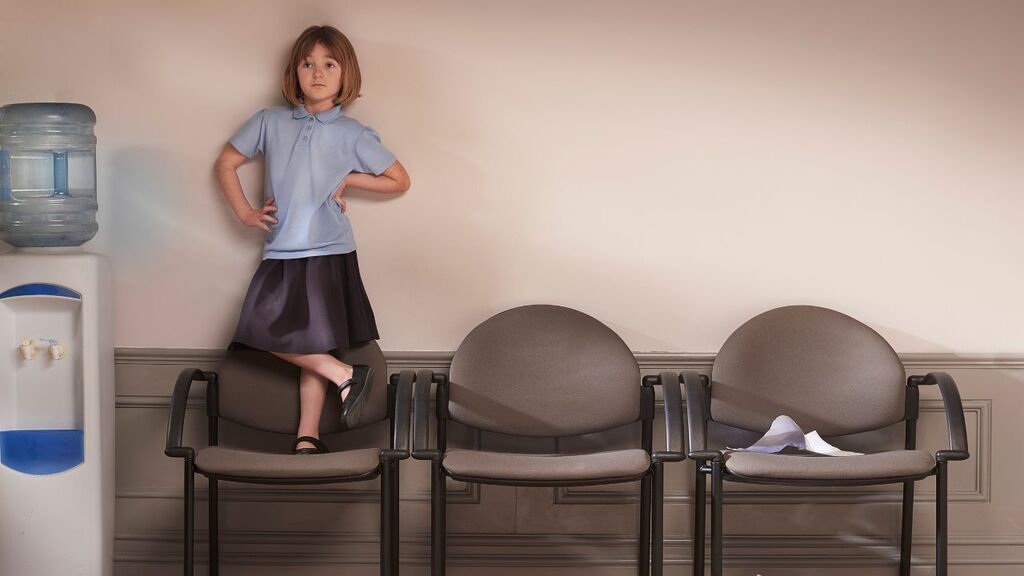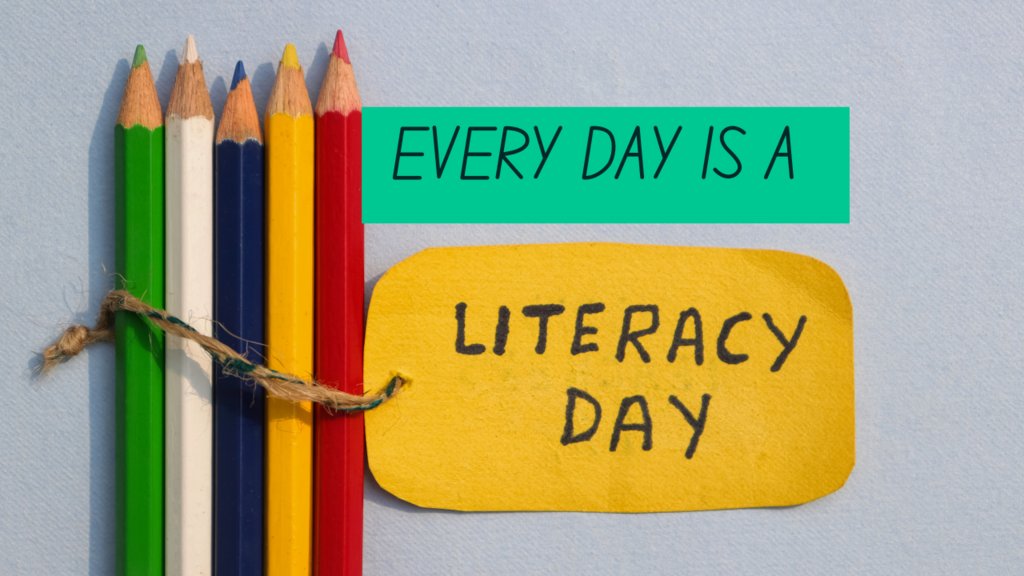Dramatic Play, Cognitive Science, and the Literacy Puzzle
What are the building blocks of making meaning? How do we transform ‘sensory input’ into language through gestures & movement, visuals, sounds and texts to express our experiences, feelings, values and beliefs?

